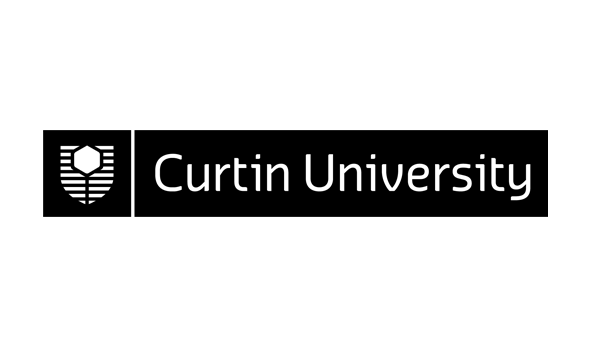302810 (v.1) Water Engineering 466
| Area: | Department of Civil Engineering |
|---|---|
| Credits: | 12.5 |
| Contact Hours: | 3.0 |
| ** The tuition pattern below provides details of the types of classes and their duration. This is to be used as a guide only. For more precise information please check your unit outline. ** | |
| Lecture: | 1 x 2 Hours Weekly |
| Tutorial: | 1 x 1 Hours Weekly |
| Prerequisite(s): |
302795 (v.1)
Water Engineering 362
or any previous version
OR 308883 (v.1) Water and Environmental Engineering 362 or any previous version |
| Syllabus: | Closed conduits. Unsteady flow between reservoirs, oscillation, surge chambers, water hammer analysis, surge suppressor. Open channel flow. Unsteady flow and channel routing. Kinematic wave analysis. Channel regulation and control structures. Dam break analysis. Large scale physical modelling of hydraulic structure. |
| ** To ensure that the most up-to-date information about unit references, texts and outcomes appears, they will be provided in your unit outline prior to commencement. ** | |
| Field of Education: | 030907 Water and Sanitary Engineering |
| SOLT (Online) Definitions*: | Informational *Extent to which this unit or thesis utilises online information |
| Result Type: | Grade/Mark |
Availability
| Year | Location | Period | Internal | Partially Online Internal | Area External | Central External | Fully Online |
|---|---|---|---|---|---|---|---|
| 2008 | Bentley Campus | Semester 2 | Y | ||||
| 2008 | Miri Sarawak Campus | Semester 2 | Y |
Area External refers to external course/units run by the School or Department or offered by research.
Central External refers to external and online course/units run through the Curtin Bentley-based Distance Education Area
Partially Online Internal refers to some (a portion of) learning provided by interacting with or downloading pre-packaged material from the Internet but with regular and ongoing participation with a face-to-face component retained. Excludes partially online internal course/units run through the Curtin Bentley-based Distance Education Area which remain Central External
Fully Online refers to the main (larger portion of) mode of learning provided via Internet interaction (including the downloading of pre-packaged material on the Internet). Excludes online course/units run through the Curtin Bentley-based Distance Education Area which remain Central External

